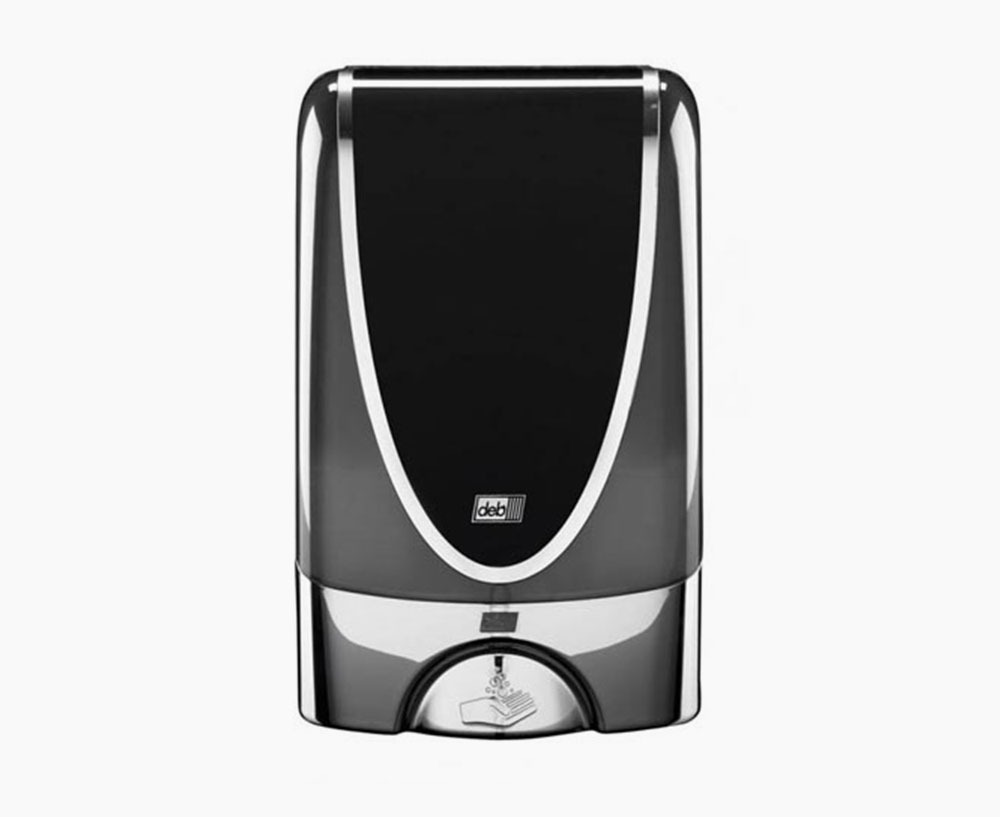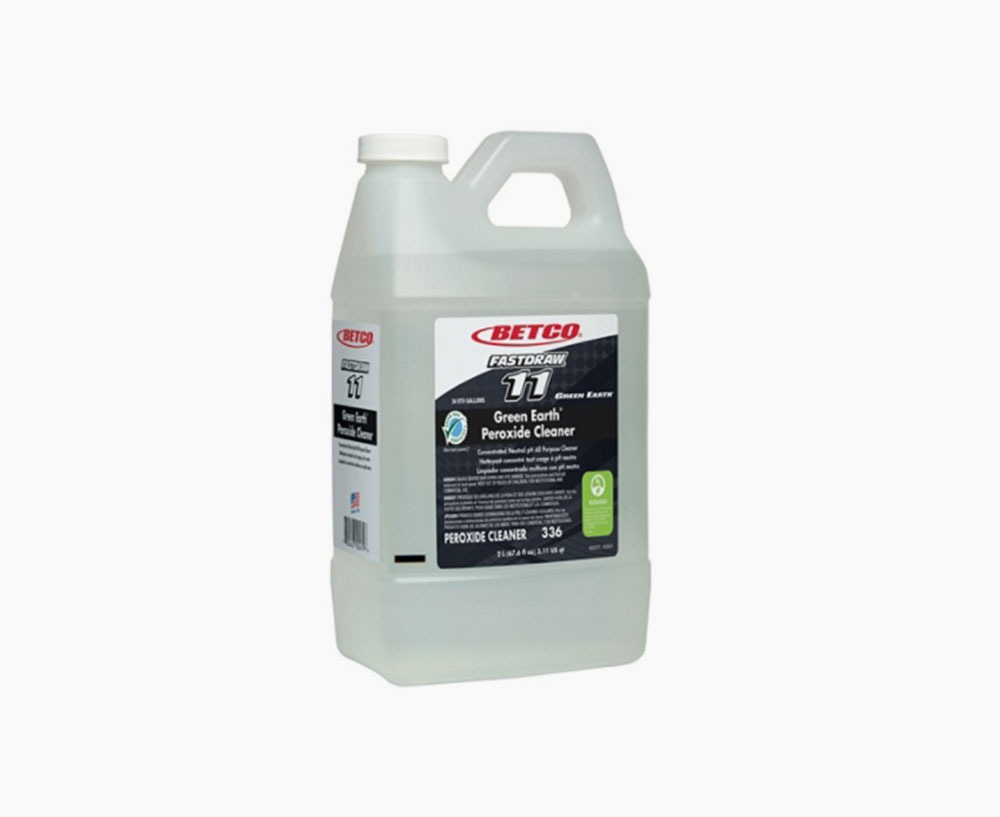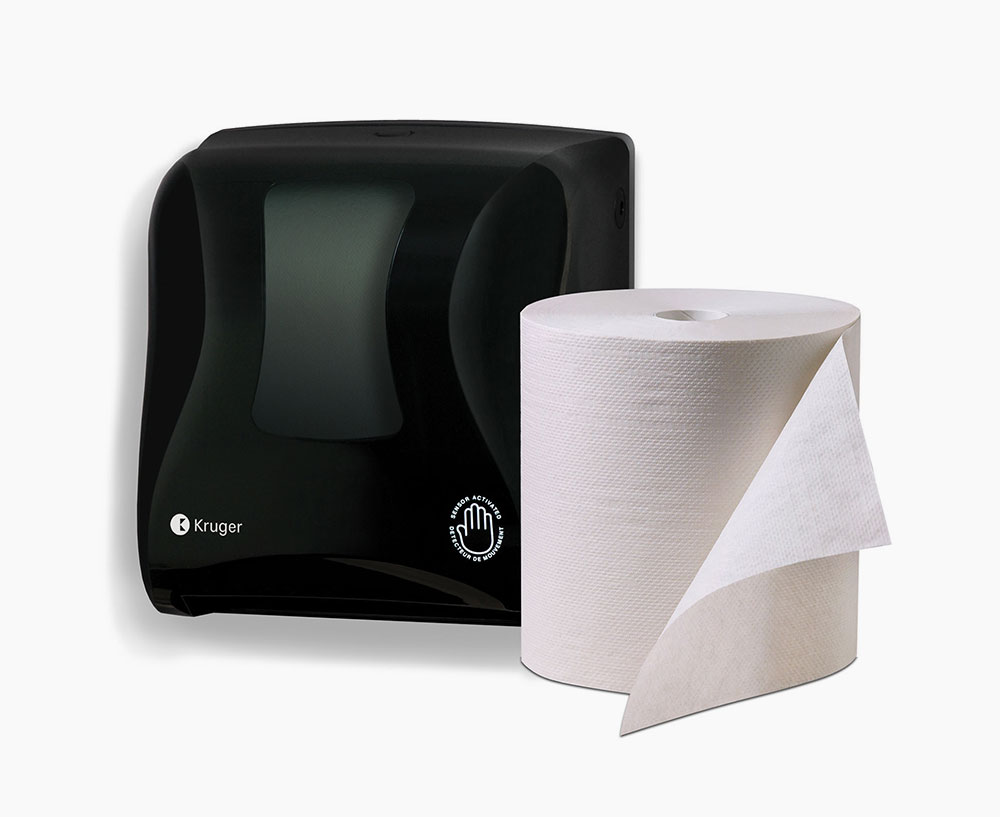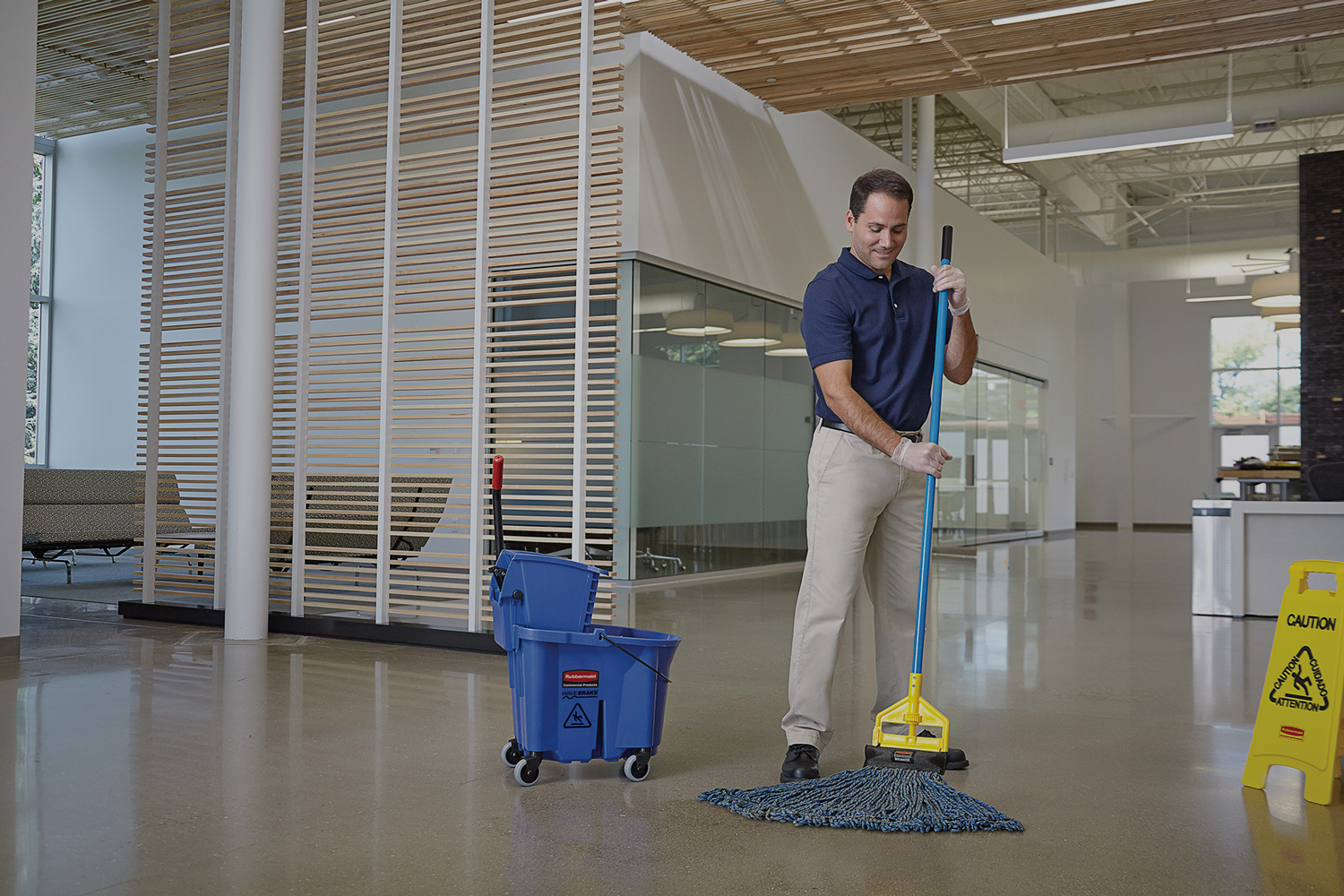
Janitorial and Facilities
Who We Are and How We’ll Help
We’re Guernsey. We’re your source for everything in your office – but since you’re on this page, we’re guessing you’re interested in janitorial and facilities supplies.
If we were to guess, we’d say you might not have ordered enough ice melt last year. Well, we can help with that and more! As you'll see from our thoughts below, we know our way around the janitorial and facilities world, and we’re here as a consultant and partner to help you do your job better. Can we teach you a few new things? Maybe. We hope we can, and maybe we’ll learn some new things from working with you. Can we help you get the job done by making sourcing product fast and easy? Definitely. That’s what we’re all about.
Helpful Hints:
Maintain a Safe Workplace
Whether you’re a contract cleaner, educational environment, healthcare organization or just a regular company, there are some basic safety procedures to keep in mind. Some might say we’re trying to prevent an outbreak of disastrous infectious diseases, but we’re modest. We just want to keep you safe from the zombie apocalypse.
Cleaning vs. Sanitizing vs. Disinfecting
As it turns out, there is a real difference between cleaning, sanitizing, and disinfecting—largely in the product you use and the complexity of the overall process.
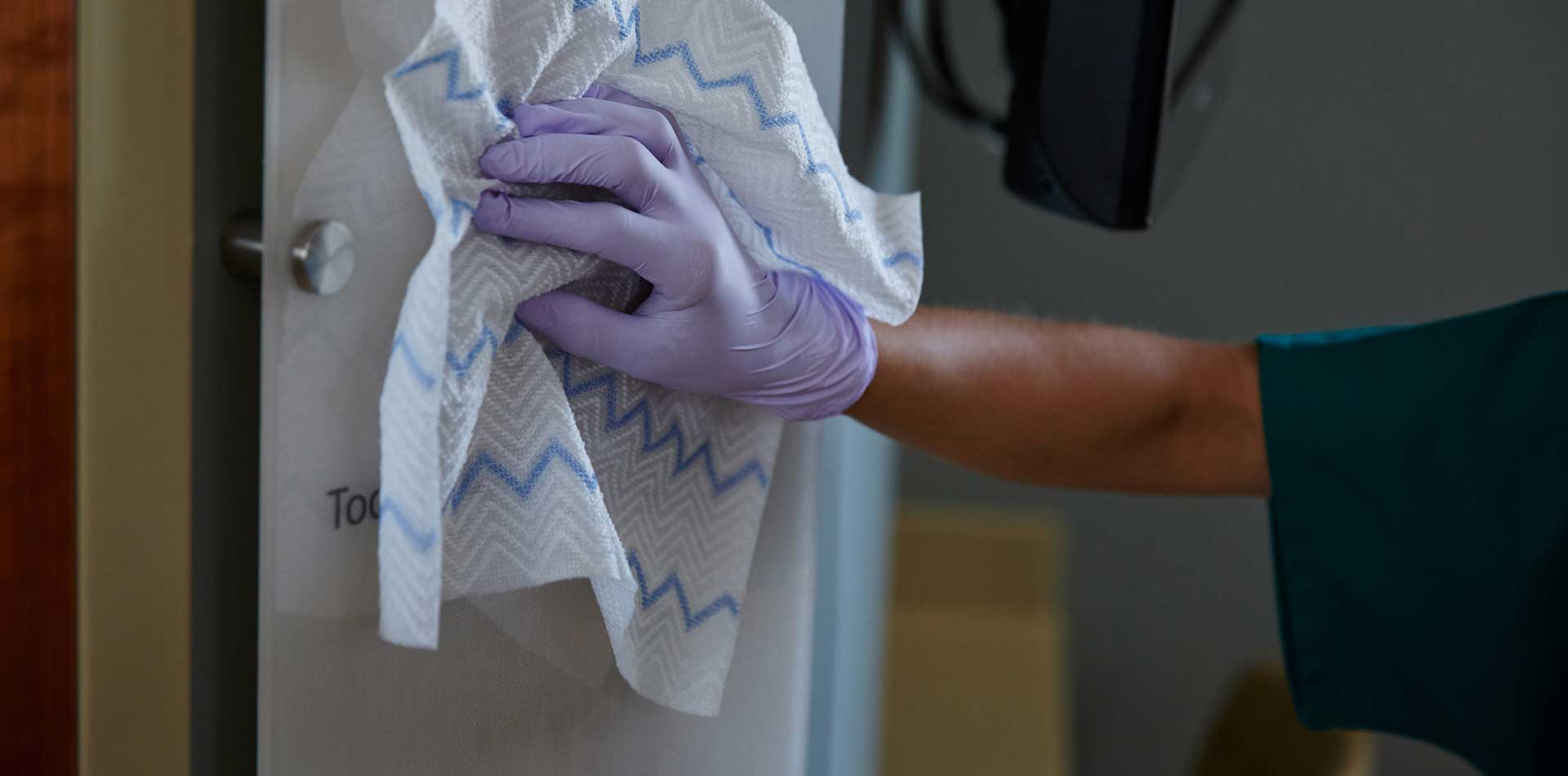
“Labor is the single largest cost in maintaining a clean facility. We partner with our customers to match them with the right products and equipment to reduce their overall cleaning costs."
Here’s the Difference:
Cleaning
You spill tomato sauce on the counter, grab your standard cleaning spray and a paper towel and in 30 seconds you’re back to sparkly clean again. A product you use to clean generally doesn’t have a kill claim, which makes it fine for sauce-splattered countertops, but not for, say, cleaning up raw chicken.
Sanitizing
Back to our raw chicken example, sanitizing is particularly common with the food services industry, as well as daycares and schools. Sanitizers come with 99.9 percent kill claims, but perhaps for only ten organisms. Most also tend to be food-grade, which means that you don’t have to follow them up with a rinse of potable water. If you’re in an office environment, sanitizers are probably the most serious chemicals you’ll use on a weekly basis—but that doesn’t mean you shouldn’t keep disinfectants on hand!
Disinfecting
Not unlike sanitizers, disinfectants have 99.9 percent kill claims, it’s just that disinfectants kill 99.9 percent of more kinds of organisms.
Disinfectants also require more time, which is another reason most people reserve them for big jobs–each one has a required amount of time it must be allowed to sit on the surface for it to work.
Our general rule of thumb is that a standard office or manufacturing environment will mostly require cleaning sprays, with some sanitizers and disinfectants for unusual cases—say someone gets a cut. The food service and education industries ratchet things up a bit and generally keep sanitizers on hand. If there’s one thing that kids and raw chicken have in common, it’s that both are messy, so that shouldn’t be much of a surprise to anyone. Daycares and healthcare are the domain of disinfectants, not only because of the nature of the work done in those environments, but also the fragile immune systems of many of the individuals operating there.

